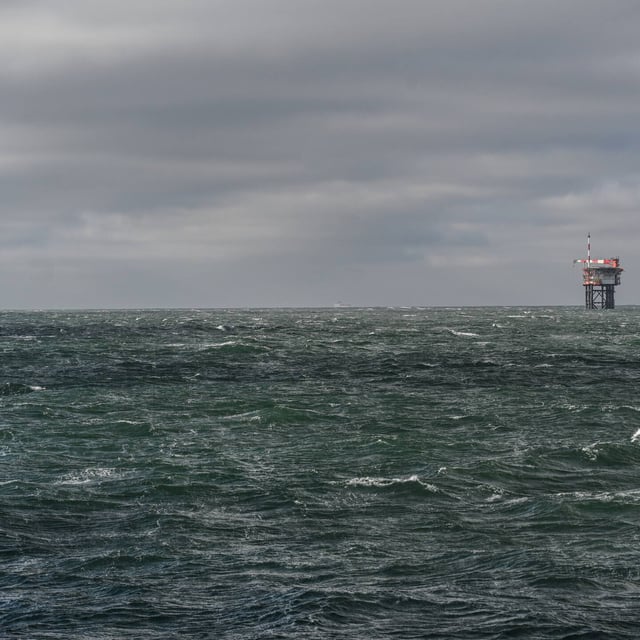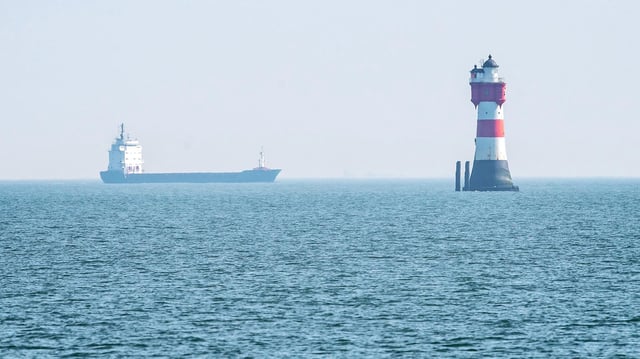Overview
- The North Sea averaged 8.7 °C from March to May, marking its warmest spring since records began in 1997 and 0.9 °C above the long-term mean.
- The Baltic Sea reached a 5 °C spring average, making it the sixth-warmest season on record and 1 °C above its historical norm.
- In Kiel, a marine heatwave lasted 55 days at half-meter depth with peaks 4.3 °C above the 1991–2020 mean, the longest duration since 1989.
- Long-term data show the North Sea has warmed by 1.2 °C since 1969 and the Baltic Sea by 2 °C since 1990, signaling a persistent upward trend.
- Scientists warn sustained warming threatens marine ecosystems by disrupting reproduction cycles and altering habitats for native species.


